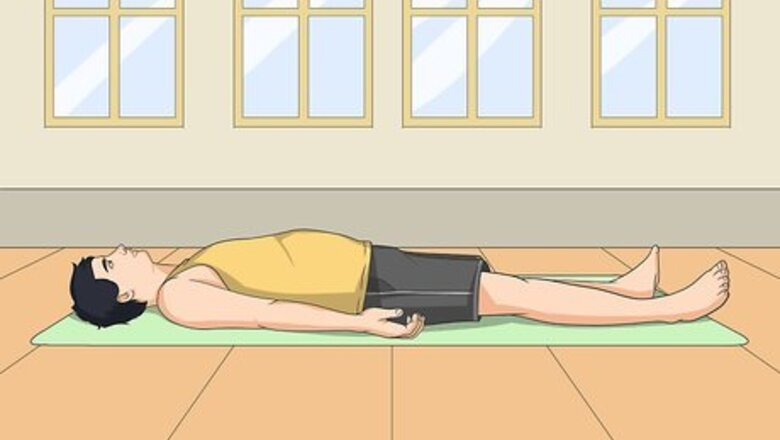
views
Engaging Your Core
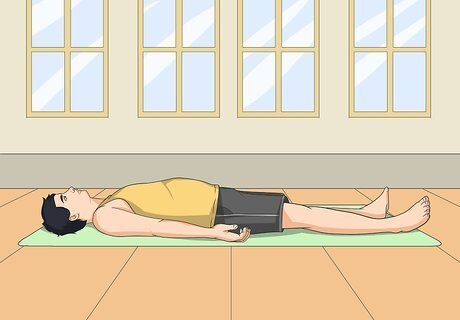
Sit, stand, or lie down on your back. To find your abs, get into a comfortable position with your back straight. If you want, you can lie down flat on your back on the floor or an exercise mat, or sit on the floor or a chair. You could also stand up if you prefer. Do whatever feels right to you! Whichever position you choose, keep your shoulders and hips square. One of the goals of tightening your abs and core is to improve your posture, so try to keep yourself straight and tall.
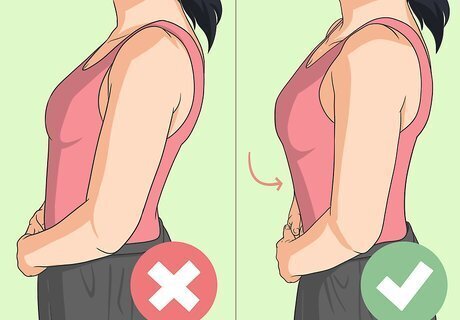
Pull your navel up and in toward the small of your back. Tightening your abs is a little more complex than just sucking in your gut. To tighten your inner abs (transversus abdominus) as well as your outer ones (the rectus abdominus, or the “six-pack” muscles), gently and slowly draw your belly button up and in. Imagine trying to touch your spine with your belly button. Tuck in your tailbone slightly as you do this. This will help engage the muscles in your lower back. You should also feel a tightening around the sides of your torso. These are the oblique muscles that wrap around from your belly to your back and help you turn your torso.
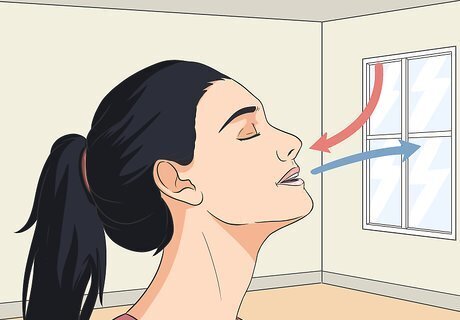
Continue to breathe normally as you draw in. If you’re not used to tightening up your abs, you might be tempted to hold your breath. Make a conscious effort to keep breathing while you engage your core. Learning to breathe and use these muscles at the same time will help make engaging your core more natural and automatic for you. It will also prevent you from tightening the muscles too forcefully. You may find it helpful to breathe in through your nose and out through pursed lips, which will keep your breathing easier and more controlled.
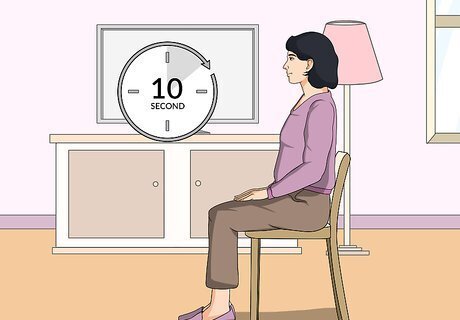
Practice holding this position for 10 seconds at a time. Try to remain “drawn in” for several seconds while still breathing normally. Stay in your starting position, with your back straight and shoulders square. Pay attention to how it feels to have your core engaged. With practice, it should become easier to tighten your abs and keep them engaged for an extended period of time.
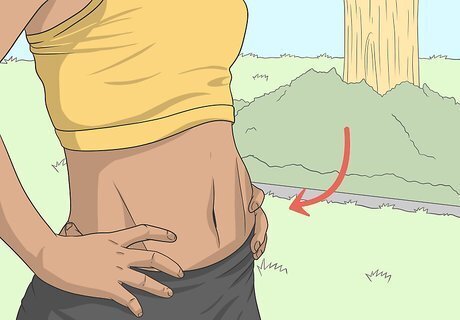
Incorporate “drawing in” into your regular exercise. Ideally, you should tighten your abs and engage the rest of your core before doing almost any movement, including doing aerobic exercise (such as walking or running) or even regular activities like standing, sitting, bending, or lifting objects. Once you’ve gotten some practice engaging your core while you’re at rest, make a conscious effort to do it while moving or exercising. Engaging your abs and core while you exercise or move will help stabilize your spine and may help relieve or prevent lower back pain.
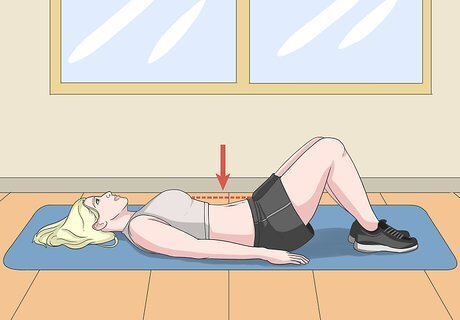
Brace your core muscles as an alternative to drawing in. Some fitness experts recommend bracing your abdominal muscles rather than drawing in your belly button. To brace, pretend that you’re about to take a punch in the stomach. Harden the muscles in your belly, sides, and lower back all at the same time to create a firm “belt” of muscle around your middle. Bracing is also a good way to engage your lower abdominal and pelvic floor muscles. Try gently lifting the muscles below your belly button up and in while still breathing normally. Try to hold this position for at least 10 seconds.
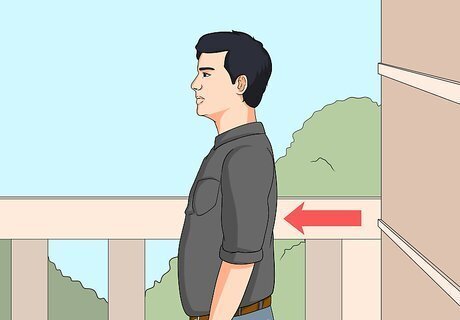
Keep your back straight while running, sitting, or walking. Maintaining proper posture while you exercise or even when you’re at rest will help protect your back and make it easier to naturally engage your core. When you’re running, walking, or doing other cardio exercises, keep your back straight and your shoulders squared. When bending over, bend from your hips and knees instead of curling your spine, and gently engage your abs first. When you’re sitting, keep your back straight and your head up and back. This also goes for exercises like rows, leg lifts, bicep curls, lunges, and even chest presses. Make a conscious effort to keep your back straight, which will naturally cause you to engage your abs and back muscles.
Doing Exercises that Work Your Abs
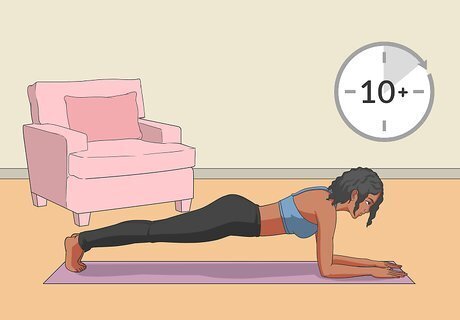
Practice a plank pose to engage your whole core. Planks are a great way to strengthen your abs, and they work your hip and back muscles as well. To do a classic full plank, get down on your hands and knees on the floor or a mat. Get down onto your elbows and forearms, with your elbows positioned under your shoulders, supporting your upper body weight. Then, shift your legs back behind you one at a time and lift your knees slightly so that you’re resting on your toes with your chest, belly, and legs off the floor. Gently draw in or brace your abs and keep your back straight. Hold the plank for at least 10 seconds before returning to the floor. To do an easier standing plank, rest your hands on the back of a chair or on a countertop. Draw in your abs and lean forward onto your arms while keeping your feet out behind you so that your body forms a diagonal line from the floor. You can also try working your way up from a half plank, where you allow your knees and shins to rest on the floor while supporting your upper body with your arms.
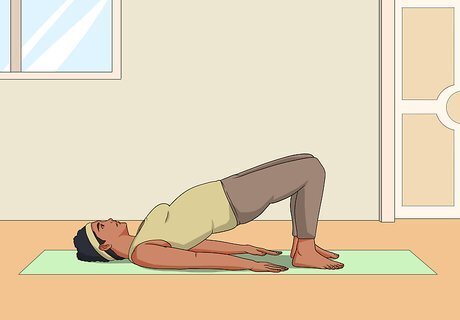
Do bridges to work your abs and lower back. Bridges are a great core-strengthening exercise that also help tone your glutes and hamstrings. To do a bridge, lie down on your back with your knees bent and your feet flat on the floor. Rest your arms at your sides, parallel to your body. Draw in or gently tighten your abs, then push your hips up off the floor so that you create a straight line through your shoulders, back, hips, and knees. Hold the bridge for 3 breaths, then slowly return to your starting position. When you’re starting out, aim for 3 sets of 10 reps. You can increase the number of sets and reps as the exercise gets easier for you.
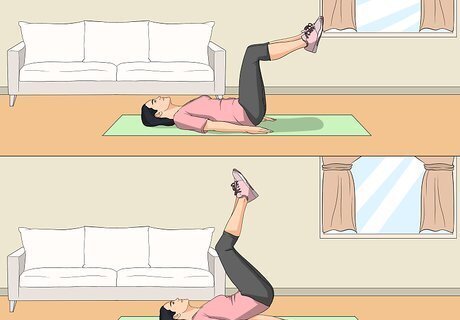
Try reverse crunches to tone your lower abs. Lie down on your back with your hands at your sides and your knees bent, then lift your feet off the floor with your ankles crossed. Your knees should make a 90° angle. Brace or draw in your abs and pull your knees up toward your ribcage, curling your tailbone so it lifts off the floor. Hold your position for 1-2 seconds, then slowly lower your hips back to the floor. Reverse crunches are easier on your back and more effective than traditional crunches. They also engage all your ab muscles at the same time! Aim to do 2 or 3 sets of 12-16 reps. As you get better at reverse crunches, try to minimize how much you use your arms and hands during the exercise.
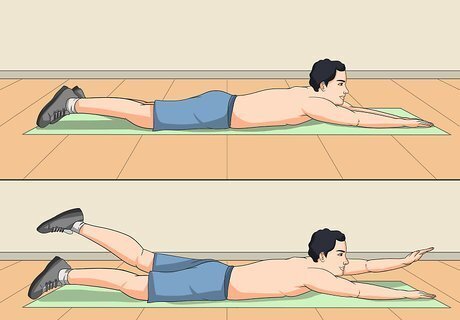
Strengthen your abs and back with prone arm and leg raises. Lie down on your belly and stretch your arms out in front of you and your legs out behind you. Keep your back flat and straight, and brace your abs. Slowly lower and raise each arm and leg, doing 5 repetitions on each limb. Once you get used to lifting one limb at a time, try raising an arm and leg on opposite sides of your body at the same time. Do this 5 times, then switch to the opposite sides. For an extra challenge, try doing arm and leg raises while you’re on your hands and knees. This will help you build balance and stability.
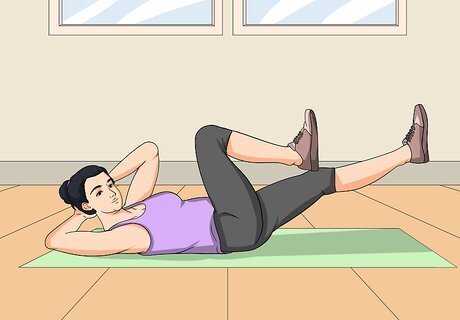
Target your obliques and rectus abdominus with bicycle crunches. Lie flat on your back on the floor and put your hands behind your head. Engage your abs and bend your knees up toward your chest at a 45° angle. Turn your body slightly so your left elbow meets your right knee, while stretching out your left leg at the same time. Then, twist your body again so the opposite knee and elbow meet. Do 12-16 reps, then rest for 1-2 minutes before doing another set. Be careful not to pull on you neck while you do your “pedaling.”Warning: If you’ve recently given birth, talk to your doctor or a physical therapist before you do bicycle crunches. Pregnancy can sometimes cause the abdominal muscles to separate slightly, and exercises that twist your trunk could make this condition worse.
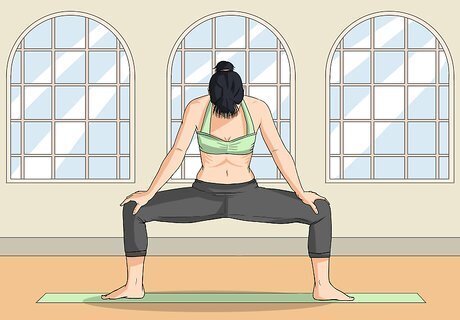
Incorporate the Uddiyana Bandha (abdominal lock) into your yoga routine. Practicing the Uddiyana Bandha is a great way to get used to engaging your abs while you do yoga. Stand with your feet slightly apart and your knees bent, then round your back and put your hands on your knees. Inhale through your nose, then breathe out forcefully through your pursed lips to expel all the air from your lungs. Use your abs to force even more air out, then relax them. Expand your ribcage as if you were inhaling while drawing your belly button up toward your spine at the same time, but don’t actually inhale. Drop your chin to your chest and keep your neck straight while performing this exercise. Hold the lock for 5-15 seconds, then slowly relax your abs and inhale. Do 3-10 reps of the abdominal lock and take a few normal breaths between each repetition. If you’re a beginner, try pushing down on the tops of your thighs with your hands, which will help create a more natural hollowing of your lower abdomen. Talk to your doctor or a yoga instructor before trying the abdominal lock if you are pregnant or have any medical conditions, such as ulcers, a hernia, heart disease, or high blood pressure.
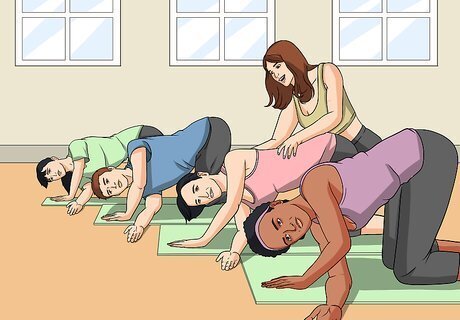
Sign up for a Pilates class for a workout that focuses on your core. Pilates is a form of exercise that focuses on building strength and stability in the core, the “powerhouse” of the body. If you’re interested in developing a more in-depth workout for your abs and core, do a search for Pilates classes near you, or look up some video routines you can follow online. Some common Pilates exercises include leg circles, single and double leg stretches, criss-crosses (also known as bicycle crunches), and scissor kicks. If you’re pregnant, have any injuries, or aren’t used to exercising, talk to your doctor before starting a Pilates routine. It’s also a good idea to work with an instructor who can show you how to do the exercises safely.
















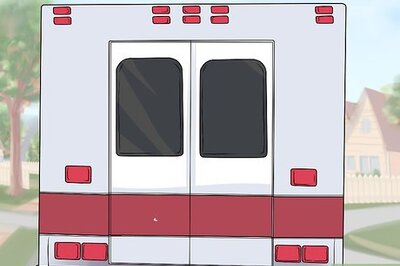
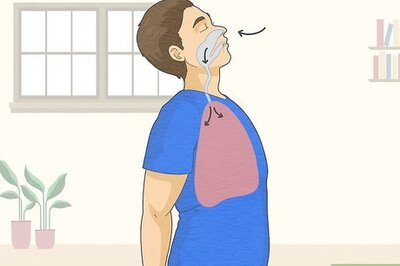
Comments
0 comment